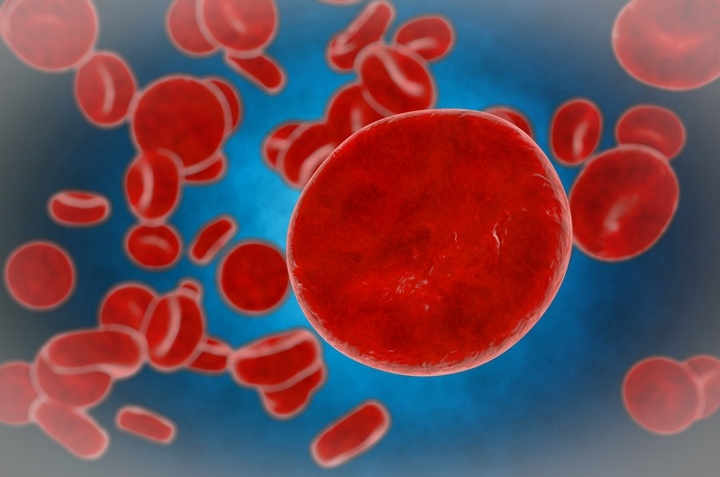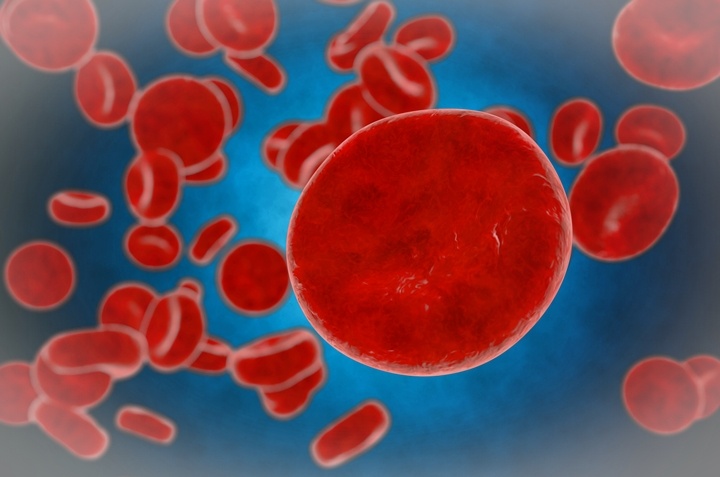
Stem cells found in cord blood have been used for transplants since the late 1980s. That was when a young boy received cord blood from his sibling to cure a serious blood disorder called Fanconi Anaemia.
Since then, these stem cells have been used to treat thousands of people. In many cases, cord blood stem cells are used as an alternative to bone marrow stem cells. This is because cord blood and bone marrow both contain Haematopoietic Stem Cells (HSCs), which produce blood cells.
While stem cells from cord blood and those from bone marrow are very similar, they also have some important differences that we will highlight on this article.
The Method of Collecting Stem Cells
Cord blood stem cells can be collected after a baby is born. Doctors simply drain the blood from the umbilical cord after it has been clamped. It is a completely painless procedure for both mother and child. If cord blood is not harvested for stem cells, it is usually discarded as medical waste. Once the blood is drained, it is sent to a laboratory for processing and storage.
WATCH VIDEO: THE PROCESS OF STORING CORD BLOOD
Bone marrow stem cells, on the other hand, can be obtained in two ways. The first method is direct collection from the bone marrow. A needle is injected into the donor’s bone and the bone marrow is extracted with a syringe. The other method involves giving the patient drugs which encourage more stem cells to leave the bone marrow and enter the blood stream. Blood is then taken from the donor and the stem cells are extracted from it — a process called peripheral blood stem cell collection.
Can they be used for the same kinds of transplants?
Yes, because both cord blood and bone marrow contain HSCs, they can be used to treat the same kinds of illnesses. Both types of stem cells are used to treat blood cancers, metabolic disorders, immune system disorders, and blood disorders.
Do cord blood stem cells have advantages over bone marrow stem cells?
Yes, they do. Because cord blood stem cells are immature cells, they are less likely to be rejected by the recipient’s body. This leads to some significant advantages including:
- Less risk of graft vs host disease (GVHD) – This is a serious illness where the transplanted tissue has an immune system reaction and begins to attack the recipient’s body.
- It is easier to find a compatible donor – The young stem cells in cord blood are more easily compatible than bone marrow stem cells are. They can be successfully transplanted even when there is only a partial match.
- Cord blood is a very rich source of stem cells – Cord blood contains up to 10 times more stem cells per milliliter.
- Cord blood stem cells are better at generating more stem cells – The young stem cells in cord blood are very good at creating more stem cells.
Want to know how to store the cord blood stem cells of your baby?
Speak to one of our cord blood banking specialists ― 971 4 3116613 or send us an email


